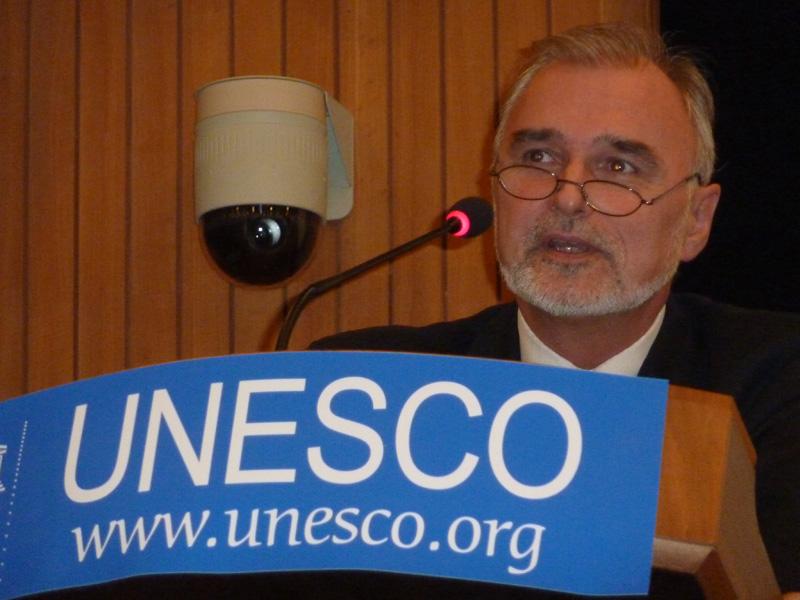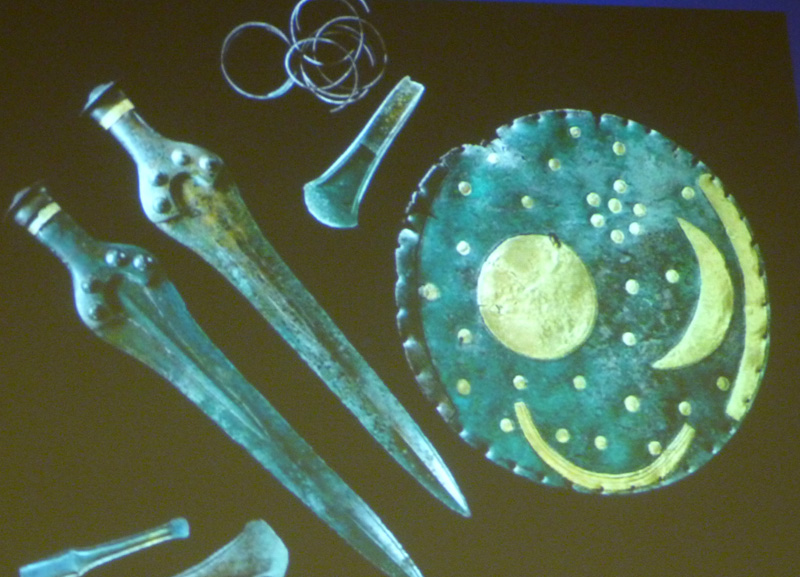Chemistry and Archaeology – 200 Years of Interaction
Ernst Pernicka
Abstract:
The application of chemical techniques for the investigation of materials and fabrication methods of archaeological objects reaches back to the beginning of modern analytical chemistry at the end of the 18th century. This was the time when the physical-chemical laws were formulated, that formed the basis for quantitative chemical analyses. The materials studied included archaeological objects like coins from the beginning on. It is also the period when public museums, like the British Museum in London (1759) or the Louvre in Paris (1791) were first established. The discovery of Pompeii in 1748 triggered the interest in daily life and handicraft in antiquity.
Insofar it may not come as a complete surprise that the first quantitative analysis of any alloy by Martin Heinrich Klaproth at the end of the 18th century was performed on a Roman coin. From then on the idea developed that the chemical composition of metals could be used for dating and for provenance determination. Although the basic concepts were developed then it took almost another century until the development of physical methods for chemical analysis allowed multi-element analyses on small samples with large throughput. It is no coincidence that this method, atomic emission spectrometry, was immediately applied to archaeological finds. Large analytical programs were started with high hopes. These were seemingly disappointed after the Second World War as no clear conclusions could be drawn. In this situation new chemical techniques like isotope provide new impetus for such studies so that after almost two centuries it has indeed become possible to determine the provenence of materials and even people to a large extent. This will be demonstrated on a few examples like Troy and the Sky Disc of Nebra.
Ernst Pernicka
Abstract:
The application of chemical techniques for the investigation of materials and fabrication methods of archaeological objects reaches back to the beginning of modern analytical chemistry at the end of the 18th century. This was the time when the physical-chemical laws were formulated, that formed the basis for quantitative chemical analyses. The materials studied included archaeological objects like coins from the beginning on. It is also the period when public museums, like the British Museum in London (1759) or the Louvre in Paris (1791) were first established. The discovery of Pompeii in 1748 triggered the interest in daily life and handicraft in antiquity.
Insofar it may not come as a complete surprise that the first quantitative analysis of any alloy by Martin Heinrich Klaproth at the end of the 18th century was performed on a Roman coin. From then on the idea developed that the chemical composition of metals could be used for dating and for provenance determination. Although the basic concepts were developed then it took almost another century until the development of physical methods for chemical analysis allowed multi-element analyses on small samples with large throughput. It is no coincidence that this method, atomic emission spectrometry, was immediately applied to archaeological finds. Large analytical programs were started with high hopes. These were seemingly disappointed after the Second World War as no clear conclusions could be drawn. In this situation new chemical techniques like isotope provide new impetus for such studies so that after almost two centuries it has indeed become possible to determine the provenence of materials and even people to a large extent. This will be demonstrated on a few examples like Troy and the Sky Disc of Nebra.



